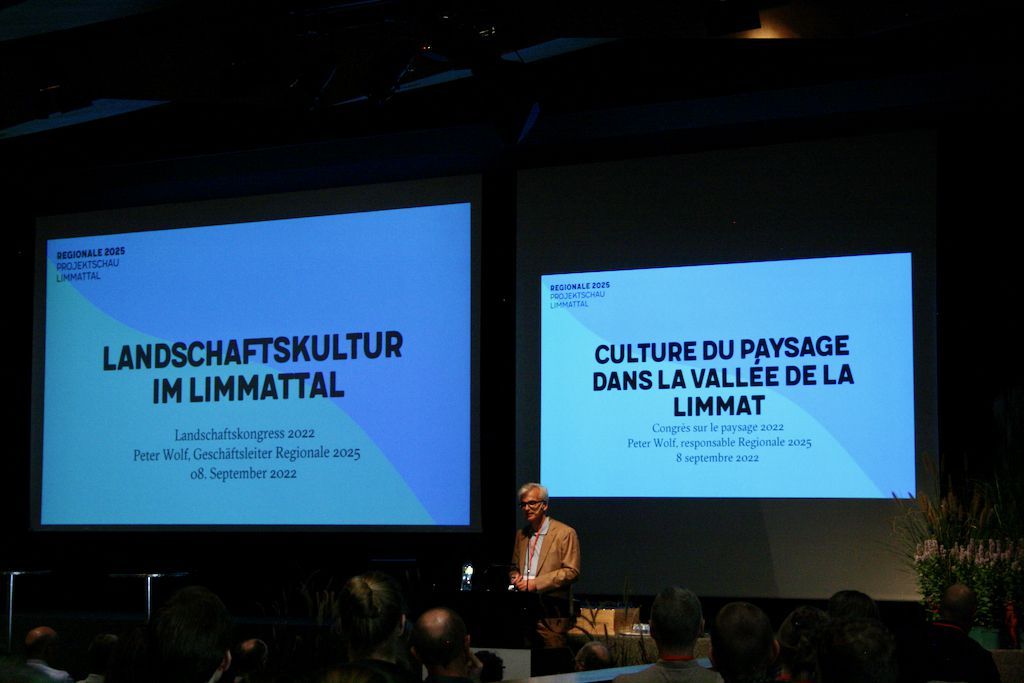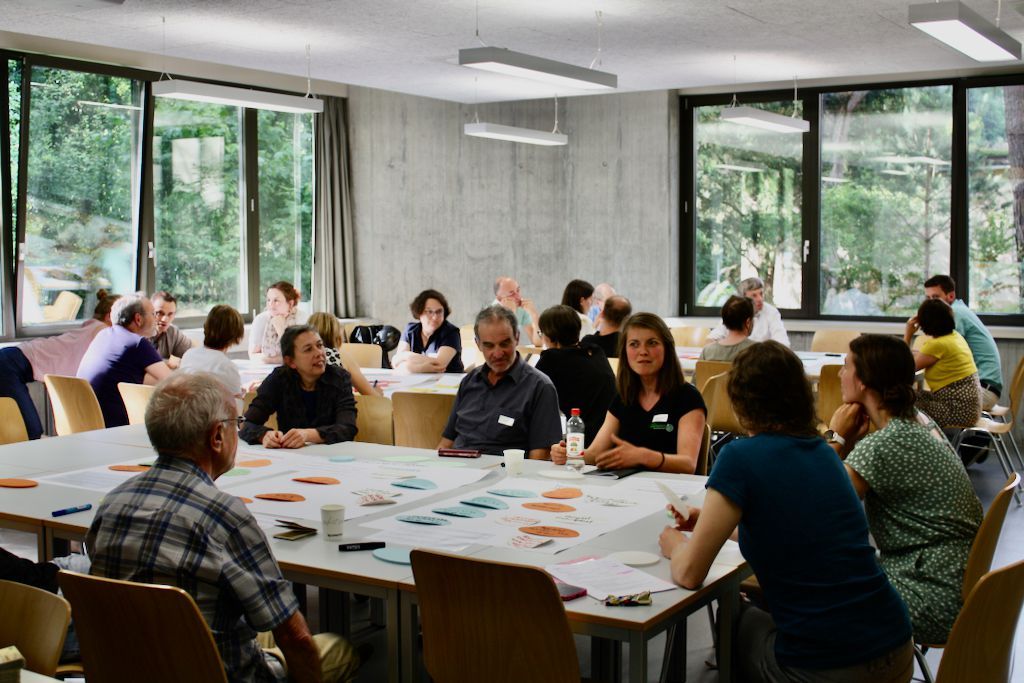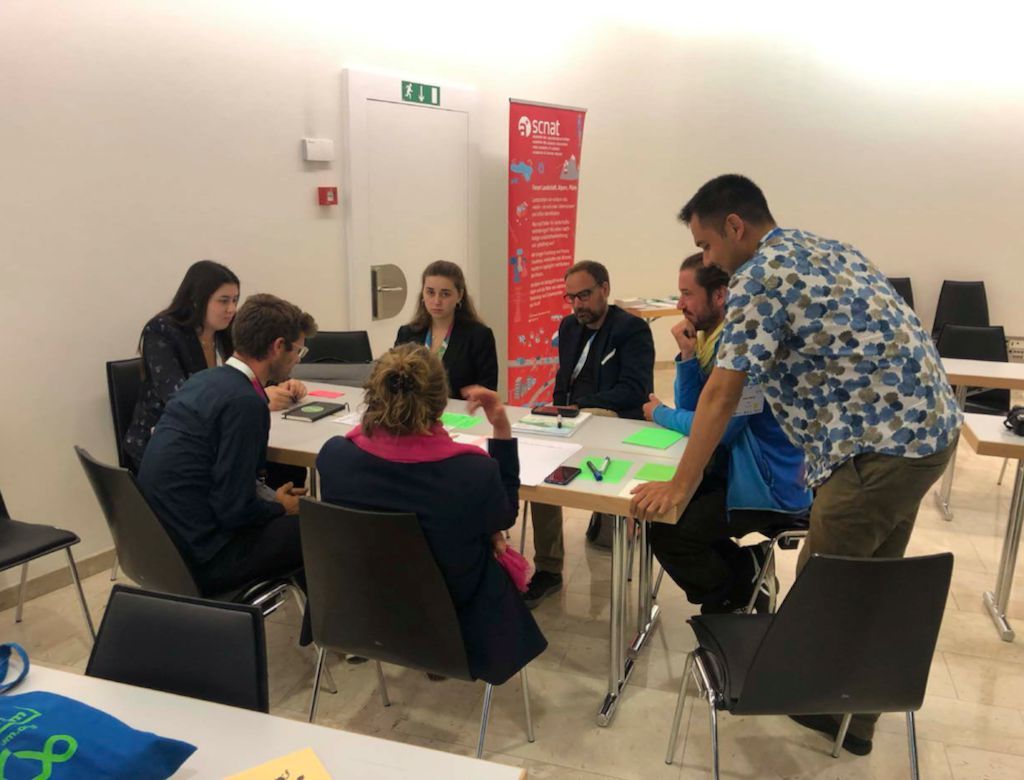Thriving Spaces: Sustainability and Spatial Development

Using six priority themes, the "White Paper on Sustainability Research" outlines Switzerland's most urgent research needs in order to meet the UN Sustainable Development Goals.
Mobility, housing, and individual choices profoundly impact patterns of land use, both in Switzerland and abroad. The concept of thriving spaces relates to how we perceive, use, change, restore, and protect our spaces, and how lifestyle choices and economic activities can be reconciled as part of a sustainable whole. Changing course will require being inspired by the best examples of sustainable land use and developing a shared vision of the way forward.
Key unresolved questions
Read White Paper on Sustainability Research:
Mehr erfahren und Whitepaper lesen:
Video: Social innovations in the Swiss mountain area (Thriving Spaces: Sustainability and spatial development).
The term "Thriving Spaces" describes places where both biodiversity and people thrive: they are resilient, capable of regeneration and promote human well-being and social relationships. Good examples of such sustainably oriented spaces are regions where social innovations take place. Social innovation is the term used to describe an association of diverse people who share a vision and pursue a common goal. There are many of these, especially in peripheral areas. In the video, the two doctoral students Samuel Wirth and Pascal Tschumi report from the research project at the University of Bern on social innovations in the Bernese Oberland.
This video was created by students of the Multimedia Production course in the Corporate Communications module at the Bern University of Applied Sciences. The multimedia projects were created as part of a collaboration between WWF Switzerland and the three Multimedia Production classes at the Universities of Applied Sciences in Graubünden and Bern.



